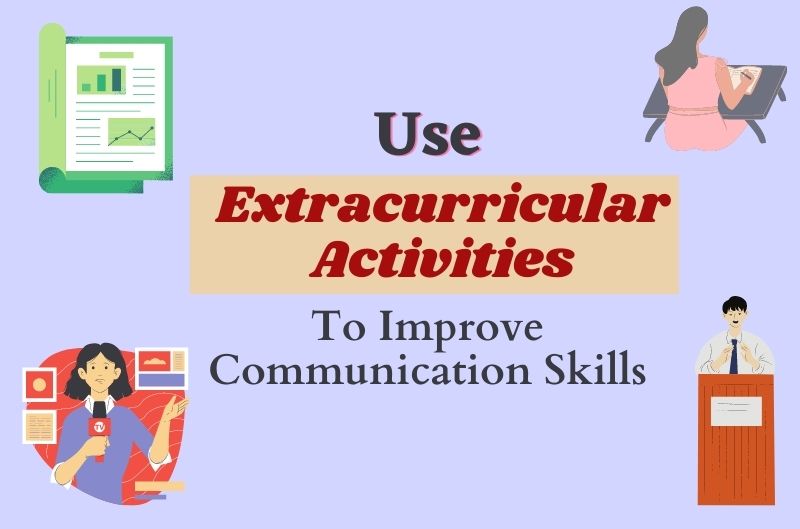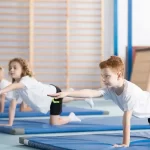Communication skills are a cornerstone of success in both academic and professional life. For students, developing these skills early on can lead to improved performance in school, better relationships, and increased confidence when entering the workforce. Engaging in various activities designed to boost communication can make the process fun and educational. Here are the top 10 activities to improve communication skills for students.
Must Read: How to Develop Soft Skills for Students
Top 10 Activities to Improve Communication Skills for Students
image credit: Simplysoftskills.org
- Group Discussions
Group discussions encourage students to voice their opinions and listen to their peers. These discussions foster critical thinking, active listening, and respectful interaction. A great way to implement group discussions is by selecting topics relevant to students and letting them lead the conversation. This builds their ability to articulate thoughts clearly and engage with others.
- Public Speaking Exercises
Public speaking can be daunting, but with practice, it builds confidence and clarity. Start with simple presentations on topics students are passionate about. As they gain confidence, challenge them with more complex subjects. Public speaking not only improves verbal communication but also enhances body language and eye contact.
- Role-Playing Scenarios
Role-playing is an excellent way for students to step into someone else’s shoes and navigate real-world situations. Whether it’s simulating a job interview or resolving a conflict, role-playing encourages students to think on their feet, adapt to different perspectives, and communicate effectively.
- Debate Sessions
Debates are a fantastic way to develop critical thinking and quick decision-making. Students learn to present their arguments persuasively while respecting opposing viewpoints. Organize classroom debates and workshops on current topics, encouraging students to research, prepare, and present their points of view.
- Storytelling Practice
Storytelling taps into creativity and allows students to organize their thoughts in a coherent, engaging manner. Encourage them to share personal stories or create fictional narratives. Storytelling not only enhances verbal communication but also helps students learn the power of expression and emotional connection.
- Listening Games
Active listening is a vital part of communication, and listening games can make learning fun. Games like “Simon Says” or “Chinese Whispers” help students focus on what is being said and respond accurately. These games teach the importance of paying attention and responding appropriately in conversations.
- Writing and Reading Aloud
Writing improves clarity of thought, which translates into better verbal communication. Have students write essays, poems, or stories and read them aloud in class. This activity enhances their ability to structure ideas and present them clearly. Reading aloud also helps in improving pronunciation and vocal clarity.
- Interview Simulation
Mock interviews prepare students for real-life professional situations. By simulating job or college interviews, students learn formal communication and the importance of clear, concise responses. This activity builds confidence in both verbal and non-verbal communication.
- Feedback and Reflection
Constructive feedback is a key element in improving communication skills. Encourage students to give and receive feedback on presentations, debates, and group discussions. Reflection helps students understand their strengths and areas for improvement, leading to growth in their communication abilities.
- Non-Verbal Communication Exercises
Non-verbal cues such as body language, facial expressions, and gestures are integral to effective communication. Activities like charades or body language workshops help students become more aware of how they communicate without words. These exercises teach them the importance of maintaining appropriate eye contact, posture, and facial expressions.
Conclusion
Improving communication skills is a gradual process, but with consistent practice, students can significantly enhance their ability to express themselves clearly and confidently. These 10 activities provide a fun and engaging way to develop both verbal and non-verbal communication. Implementing these exercises in classrooms or daily routines will set students on the path to success in all areas of life.



